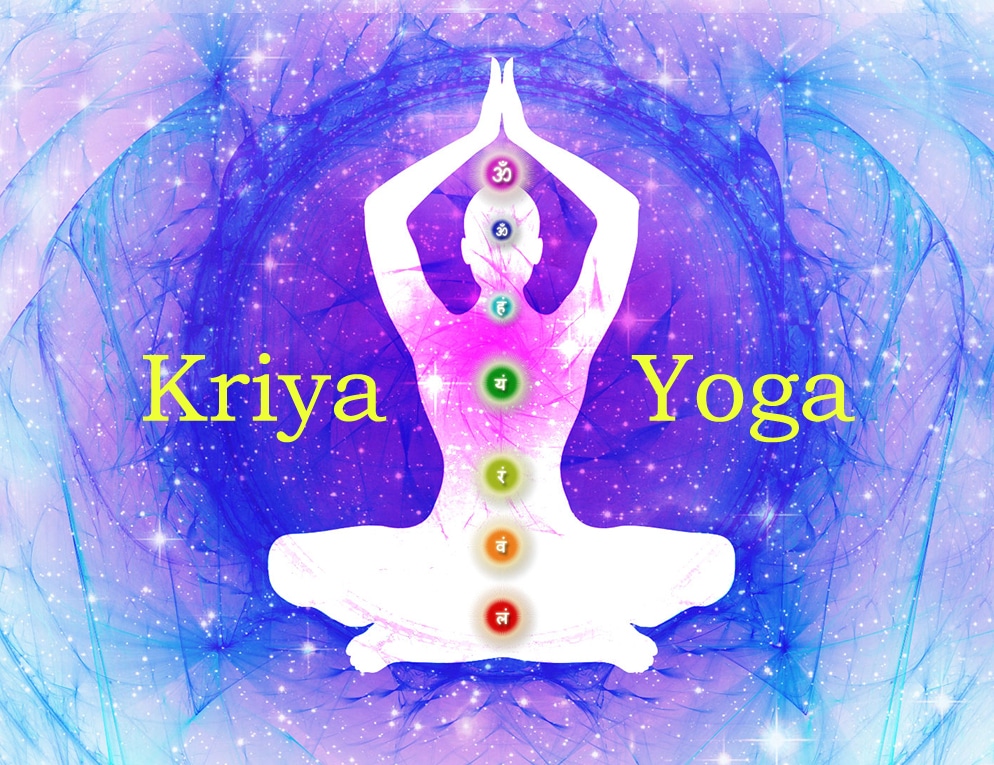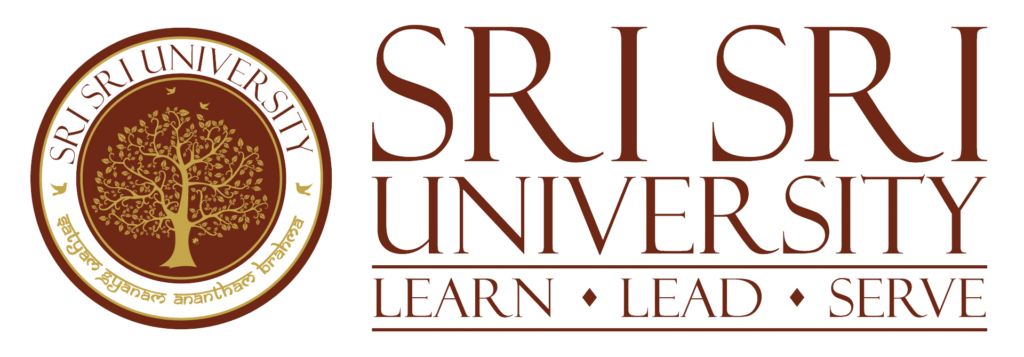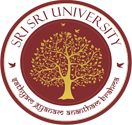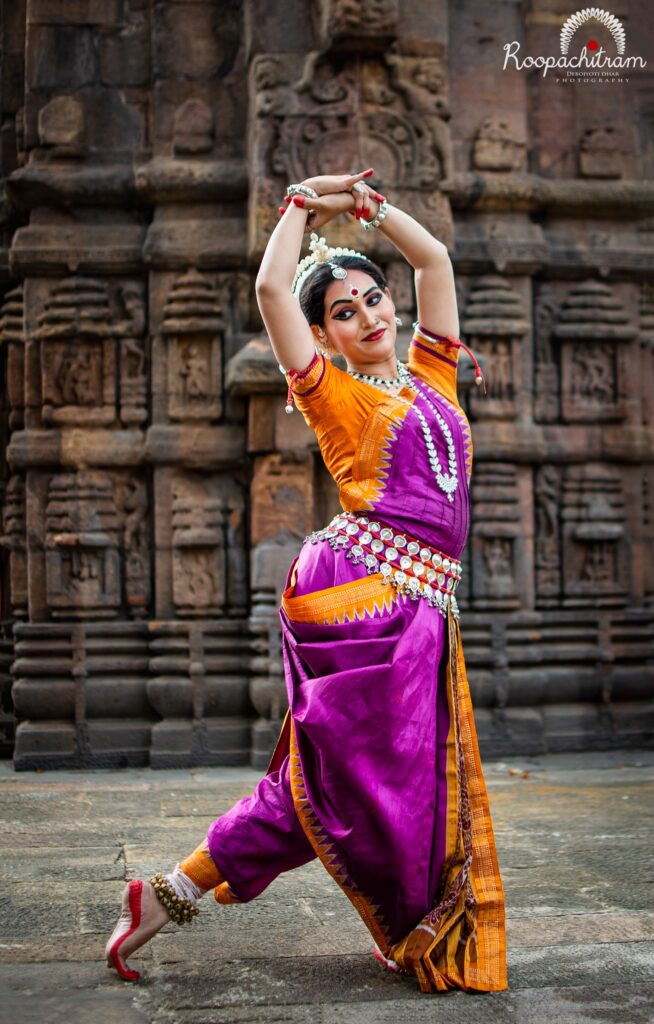RECENT BLOG ARTICLES
Yoga
Personality development in the light of Kriya yoga of Patanjali
Dec 17, 2018
By : Dr. B R Sharma – Dean, Faculty of Health and Wellness; Prof. & Head – Department of Yogic Science

To understand ‘man’ and his ‘personality’ has been an universal quest found in entire literature of the world since the beginning of the human civilizations. It purports to develop harmony within the person and the society in which he lives. In Modern context, we find many definitions of personality and all these can be grouped under two apparently opposing emphasis – ‘Mask approach’ and ‘Substance approach’. ‘Mask approach’ gives emphasis on superficial aspects of behavior and outward appearance of an individual and the ‘substance approach’ goes little deeper that deals with the essential nature of physical, as well as, psychical aspects of personality related with moral and emotional behaviors. The synthesis of both ‘Mask’ and ‘Substance’ approaches represents the concept of integrated personality. However, Indian thought delves more deeper and not only accepts all these aspects of personality (vyaktitva) but makes explicitly clear that pure consciousness (called atman or purusha etc.) stands behind all our physical and psychical activities. Atman, therefore, is the very core of the concept of personality.
All the Indian schools of thought (darshnas) have their own theory of personality as they have different theories of metaphysics. Yet there is a common thread in all the schools, except charvaka, that the ‘divine aspect of personality’ is the central theme of personality. Among all the theories, Patanjalian theory may be said to have a special significance as in it we find various self culturing procedures for the growth and the ultimate perfection of personality. Self culturing procedures of yoga work as a tool for modification of behavior of an individual by way of integrating the thoughts, words and deeds etc. which bring harmony, happiness & peace with in and without and hence it can be said that yoga not only accepts the outer aspect of personality but also the ultimate i.e. the core aspect of the personality This paper attempts to understand self-culturing procedures for all round development of personality in the light of Kriyagoga of the Sage Patanjali.
According to Indian thought, each individual is a unit of three abilities- knowing (jnanashakti), feeling (icchashakti) and action (kriya shakti) through which the consciousness appears to come in contact with the external world. It can be seen that no action can take place without the help of jnana and iccha. Hence, all these three are interdependent on each other. Development of integrated personality depends upon the integrated development of these abilities and that could be the reason that Maharshi Vyasa (The First Commentator of Patanjala Yoga Sutra) defines Yoga as Samadhi, which means Total Integration i.e. integration or harmony in one’s thoughts, words and deeds. It is needless to say that when there is no integration in this trio, person is called disintegrated. In Rgveda also we find two characteristics of personality- vakra (i.e. crooked) a maladjusted/ disintegrated and rju (straight) the well-adjusted or integrated. In upanishadic literature, a few different viewpoints can be seen – personality on the basis of five Sheaths (koshas) or four-fold states of consciousness (jagrat, svapna etc.). In Bhagavadgita, we find the concept of personality in the form of ‘samatva’ equanimity, ‘sthitaprajna’ steady wisdom and ‘dakshata’ efficiency etc. Thus, in Indian thought, the true secret of personality lies in the discovery of the divinity which is the very essence of personality.
Modern approach for integrated development of personality:
Modern Educational Researchers (Bloom et al., 1956; Krathwohl, D. et al., 1964; Dave, R.H., 1970; Harrow, Anita J., 1972 Saunders, Robert J., 1977) also have tentatively classified educational objective into three domains of learning: the Cognitive Domain (knowledge/thinking/cognition), the Affective Domai(Willing/Feeling/Emotion), and the Psycho-Motor Domain (Doing/Acting/Conation). Each of these domains has a specific approach to learning, though they interact and affect each other. This three-fold classification has been used repeatedly in the West by philosophers and educational psychologists. But the motive for developing the Taxonomies of Educational Objectives by Benjamin S. Bloom and others were specifically for developing external criteria of evaluation of learning outcomes in each of these domains in behavioral terms.
Yogic approach for integrated development of personality:
To develop total integration of personality we come across three major approaches in philosophy and spiritual practices to achieve this end. Particularly in the field of Classical Yoga we have the Karmayoga (predominantly psycho-motor domain), Bhaktiyoga (predominantly affective domain) and Jnanayoga (predominantly cognitive domain). In fact, every school of yoga presents a combined approach of these three domains, though one of the three domains stand out prominently in them. As such, though Karmayoga may have the psychomotor domain as its main feature, the other two domains stand in the background. For, any action becomes Karmayoga only when it is performed with Bhakti as a form of worship, and such Bhakti is available only to the one who has the cognition of reality, that is Jnana. This is evident even in the working of Jnanayoga as well as Bhaktiyoga. However, in Patanjala Yoga Sutras, we get a profound combination of all these approaches, that is, jnana-bhakti-karma yogas in the practice of Kriyayoga. Karmayoga can be counted under Tapas, Jnanayoga under the Svadhyaya, and Bhaktiyoga under Isvarapranidhana.
Tapas, Svadhyaya and Isvarapranidhana have been a part and parcel of one’s life in India right from the ancient times. But the objectives or motivations differed from one individual to another, often conditioned by the passage of time. So, when these practices are directed with the sole objective of attaining Samadhibhavana (i.e. to develop an inner ambience of Samadhi) by weakening the powerful grip of klesas i.e. afflictions, which are the root cause of our disintegration, it becomes Kriyayoga. This is made possible through the development of “Total Integration”.
Tapas – i. e. austerity which encompasses yukta-ahara (wholesome food) and yukta vyavahara (wholesome activities) etc. Here, all the Yogic Practices (in the form of mauna (silence), fasting, asana, pranayama, bandha, mudras etc.) can be taken into consideration. The term Tapas literally means the process of heating, as we purify the golden ornaments by putting them into fire. Similarly, when Tapas applied to the human body, is purported to purify the body by way of removing several forms of bodily impurities and making efficient it’s various functions. Then and then only person becomes karmsu kushala (perfect in action). Thus Tapas (austerity) helps us in refining and improving our action faculty (kriya shakti)
Svadhyaya
Svadhyaya literally means ‘self-study’. Traditionally the term has acquired the meaning which stands for to study Holy Scriptures and recitation of mantras e.g. recitation of OM which will ultimately lead us to analyze our own life and its relation with the world. This, in turn, results into receptive attitude towards yogic practices with utmost commitments. Thus, svadhyaya refines and develops our thinking faculty (jnana shakti).
Ishavarapranidhana
Ishavarapranidhana i. e. Surrender to God in the form of detachment towards the fruits of one’s actions leading towards minimizing one’s kartabhava (feeling of doer) which is the root cause of our disintegration, as well as, of our all worldly problems. Thus, Ishavarapranidhana refines our feeling faculty (iccha shakti). It becomes clear that an individual should undergo the Kriyayoga discipline that not only tests and develops all the three aspects of his nature but also produces an all round and balanced growth of his personality. According to Patanjali the three components of kriyayoga have got equal importance emphasizing that these three have to be mutually supportive and well-integrated to get the desired end. Patanjali makes this fact clear by using the term ‘kriyayogah’ in singular form.
According to yoga the “Integrated individual” (vidvan) is the one who senses the sources of trouble in good time, and so, acts perfectly in tune with reality he is face-to-face. Such sensitivity enables him to face the presented reality and to take effective action in answer to the demands of that particular situation. That means, as the individual is “kriyaksama”, “kusala” or “nipuna” he gets the work done as demanded of him (karya-vimukti) and thereby also gets freed fully to attend to any other problem that he may face, uninfluenced or without shadowed by the earlier one (citta-vimukti). Thus the educated individual develops freedom of action that he is said to have attained “vimukti i.e. freedom”.
On the contrary, the “un-integrated individual” remains dominated by any one of the three domains of behavior and so, gets more and more alienated from the reality. Unsupported by the other two domains, he interprets reality only in activity-terms, or theoretical terms, or emotional terms and thus becomes ksipta, mudha or viksipta. The practice of Kriyayoga brings the individual closer to the reality of each and every situation.The individual is thereby led to resolve every problem in time as required by the situation. By this, the individual develops shraddha (trust in him), virya (necessary boldness to tackle the situation), smrti (exact, pertinent information) and also samadhi-prajna. Samadhi-prajna is that capacity of an individual, which keeps him constantly aware of aims & objectives. As a result, the individual’s behavior remains harmonious and healthy. Thus the development of integrated personality is the main goal of Yoga and Kriyayoga can play its role well in preparing an individual that whatever he feels, thinks and does is perfectly in tune with the reality of the situation he is face to face.
-
Yoga respects the uniqueness of each and every individual
-
All the schools of yoga that leads to vasana-ksaya and pranasamyamana can be included in the definition of Tapas, Svadhyaya and Isvarapranidhana under Kriyayoga.
-
Yoga teachers and researchers need to work out a methodology of teaching yoga wherein what can be effectively taught through group techniques, what can be taught only through personalized instructions, and what has to be self-taught through self-directed learning strategies becomes clear.
-
The individual should ensure that whatever is being taught to him conforms to the principle given by Vyasa-bhasya (II 1), that is “citta-prasadanam-abadhyamana” (i.e. the mental composure of the individual should not get adversely affected or upset). Moreover, he needs to adopt the principles, strategies and techniques of yoga that would promote “citta-prasadana”, i.e. the calmness of the mind.
-
There is a need to develop “homogenous grouping of people with common features and interests”
-
Yoga regards any development to be worthwhile only when it is capable of producing concrete personal experience (svanubhava, svakarna-samvedya or arthavisesah pratyaksikartavyah).
-
Such direct and concrete personal experiences bestow conviction and trust in what is being learned (shraddha). Shraddha, in its turn, brings in its train all the necessary qualities in the individual for the speedy development of “Total Integration” and that, in turn, helps him to actualize the divinity which is the core concept of his personality.
-
Bengali Baba (1949), Patanjala Yoga Sutra with Vyasa’s Commentary, N. R. Bhargava, 3 Line Bazar, East Kirkee, Pune 411 003.
-
I.K.Taimni (1986), The Science of Yoga, The Theosophical Publication House, Adyar, Madras. (Page 129)
-
TKV Desikachar (1982) The Yoga of T.Krishnamacharya, Krishnamacharya Yoga Mandir, Madras
-
Swami Tapasyananda (Translated 1982) Srimadbhagavatam (Vol.IV) Sri Ramakrishna Math, Madras-600004, India
-
Sachdeva, I. P. (1978) Yoga and Depth Psychology, Motilal Banarsidas, Bungalow Road,
-
Jawahar Nagar, Delhi – 7.
-
Swami Tapasyananda (Translated 1980) Srimadbhagavatam (Vol. I) Sri Ramakrishna Math,
-
Madras-600004, India.
-
Swami Maheshananda & Dr. B. R. Sharma (2012) A Critical Edition of Jyotsna, Kaivalyadhama,
-
Lonavla.
-
Pandit Dhundiraj Sastri (1982, 2nd ed.) Pradipika of Bhava-Ganesa in YOGASUTRAM OF MAHARSHI PATANJALI, The Kashi Sanskrit Series No.83, edited by, The Chowkhamba Sanskrit
-
Sansthan, Varanasi, India
-
Bloom, Benjamin S. et al. (1956) Texonomy of educational objections, The Classification of Educational Goals, Hand Book 1 : Cognitive Domain, New York : Devid Mcay Co.
-
Krathwohb, David et al. (1964) Taxonomy of Educational Objectives: The Classification of Educational Goals, Hand Book 2 : The effective Domain, New York : Devid Mcay Co.
- R.H. Dave’s Psychomotor Taxonomy : In Armstrong, Robert J. et. al. (1970), Developing and Writing Behavioral Objectives, Tucson, Ariz, Educational Innovations Press.
-
Harrow, Anita J. (1972) Taxonomy of the Psychomotor Domain, New Yord David Mckay Co.
-
Saunders, Robert J. (1977) Relating Art and Humanities to the Classroom, W.M.C. Brown
-
Company Publishers, U.S.A.
-
Swami Kuvalayananda and Dr. S.L. Vinekar (1994) Yogic Therapy, The Central Health Education Bureau, Ministry of Health and Family Welfare, Govt. of India, New Delhi (Page 15)
-
Technical Education Council (1975) Guidance Notes No.1 (First Edition) U.K.
-
Handbook on Personality Development, Ramakrishna Institute of Moral and Spiritual Education, Yadavagiri, Mysore – 570020.
- Personality Development through Human Excellence, Vivekananda Institute of Human Excellence, Ramakrishna Math, Hyderabad -500029.
- Booklet on Education & Psychology, Yoga Vidya Niketan, Plot No.-14, Sector 9A, Vashi, NaviMumbai – 400703
- Sri Rama Shastri and S.R. Krishnamurti Shastri (1952) Patanjala-Yogasutra-Bhasya-Vivarsanam of Shankaro Bhagavadpada, (The Madras Government Oriental Series No.94), The Govt. Oriental Manuscripts Library, Madras, India.







